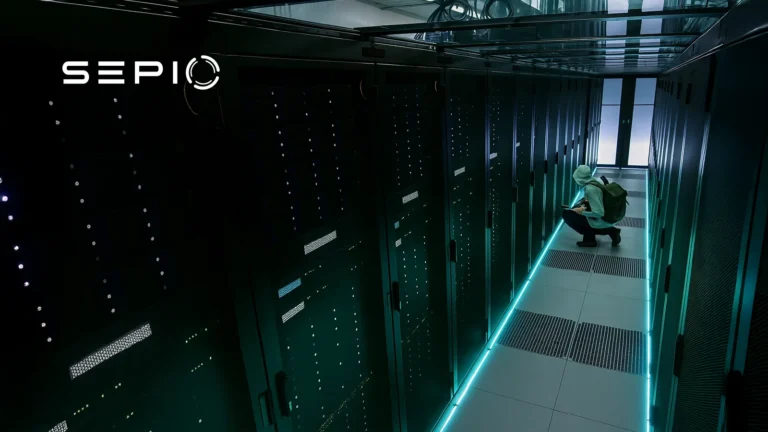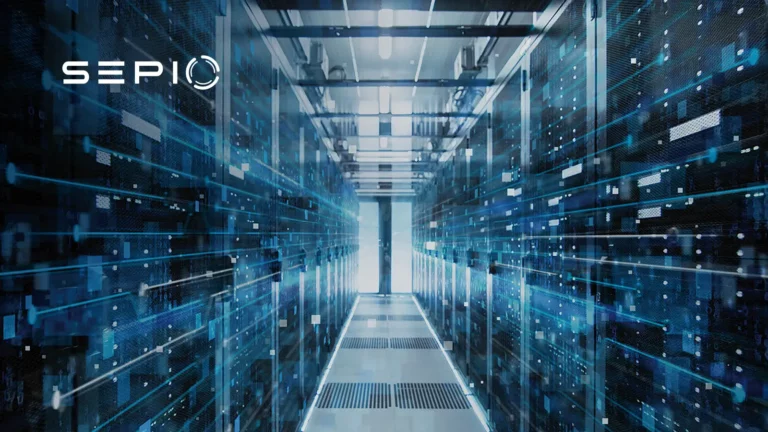Cybersecurity Trends and Predictions
Cybersecurity predictions are always challenging due to the rapidly evolving nature of technology and emerging threats. However, by analyzing current cybersecurity trends, we can identify key developments that are shaping the future of network security and digital defense strategies. Below are some of the most critical cybersecurity trends and predictions that experts are discussing.
The Rise of Insider Threats in Cybersecurity Predictions
As cybersecurity trends evolve, organizations are tightening network security controls, making insider threats an increasingly attractive option for attackers. Cybersecurity predictions suggest that economic pressures may further incentivize internal abusers seeking financial gain.
Frustrated employees, particularly those in IT/cybersecurity roles with elevated access, pose the greatest risk, as they are aware of the enterprise’s network security blind spots and how to exploit them.
As remote work challenges persist, cybersecurity predictions indicate a rise in data-leakage ransomware attacks. The relatively low effort required to generate legitimate proof-of-data has made it a growing concern. With enterprises unable to fully control who is looking over the shoulder of remote workers, malicious intent remains a serious threat.
Supply Chain Cybersecurity Threats Continue to Grow
Recent high-profile attacks, such as SolarWinds and Log4j, underscore a growing cybersecurity trend: vulnerabilities in software and hardware supply chains. Cybersecurity predictions emphasize that cybercriminals will continue using the Trojan horse tactic, embedding malware in legitimate software or network appliances.
This approach can compromise entire infrastructures, especially when network security tools fail to detect stealthy threats embedded in authorized systems.
The Rising Risk of Embedded Devices
The impact of software vulnerabilities like Log4j on IT and cybersecurity industries has proven serious. However, cybersecurity predictions now focus on embedded devices, such as IoT and operational technology systems, that are difficult to patch or monitor.
These devices often lack update mechanisms, making them persistent targets. Their increasing presence in critical sectors, from healthcare to manufacturing, raises urgent network security concerns.
Legacy Devices Are a Cybersecurity Time Bomb
In regulated industries like healthcare, many legacy medical devices remain unpatched due to certification constraints. Cybersecurity predictions suggest that attackers may increasingly exploit outdated devices, especially those built on universal platforms like Raspberry Pi.
This cybersecurity trend raises alarms across the network security landscape, as these devices are often connected to critical networks and systems without sufficient safeguards.
The Threat of Camouflaged Network Devices
As some countries enforce bans on specific vendors (e.g., U.S. Section 889b), vendors and system integrators may attempt to bypass these restrictions by modifying device identities. This cybersecurity trend presents a risk, as unauthorized network devices may be used to evade monitoring solutions, benefiting attackers and rogue vendors alike.
Cybersecurity predictions warn that camouflaged network devices could exploit visibility gaps in monitoring solutions, creating blind spots in even the most secure networks.
Regulatory Cybersecurity Trends and Predictions
Governments around the world are responding to rising cyber threats with increasingly strict cybersecurity regulations. These include mandatory reporting, data protection laws, and compliance frameworks.
Cybersecurity predictions indicate that organizations failing to adapt could face not only financial penalties but also significant reputational damage. Staying compliant is now a vital part of any network security strategy.
The Expansion of Zero Trust in Network Security
The Zero Trust model, assuming no implicit trust within or outside a network, has become a cornerstone of modern network security. Cybersecurity predictions suggest widespread adoption of Zero Trust frameworks to combat insider threats, credential abuse, and lateral movement attacks.
Expect more organizations to deploy network segmentation, continuous authentication, and device visibility tools in response to this cybersecurity trend.
The Rise of Biometric Hacking in Cybersecurity Predictions
As fingerprint scanners, facial recognition, and other biometric systems become widespread, hackers are innovating new spoofing methods. Cybersecurity predictions indicate a rise in deepfake technologies used for unauthorized access, particularly in high-security environments.
This cybersecurity trend necessitates stronger anti-spoofing controls and real-time anomaly detection to maintain biometric network security.
Stay Ahead of Emerging Cybersecurity Trends
The landscape of cybersecurity trends and predictions continues to evolve. From advanced persistent threats to AI-driven attacks, organizations must stay ahead of emerging dangers through:
- Frequent updates and patch management
- Regular employee cybersecurity training
- Implementation of Zero Trust architectures
- Continuous network security monitoring
- Device inventory and control to eliminate rogue assets
Strengthen Your Cybersecurity Strategy with Sepio
Ready to secure your organization against tomorrow’s threats? Schedule a Demo with Sepio today and discover how we can enhance your cybersecurity, protect your network security, and prepare you for the future of cybersecurity predictions.






